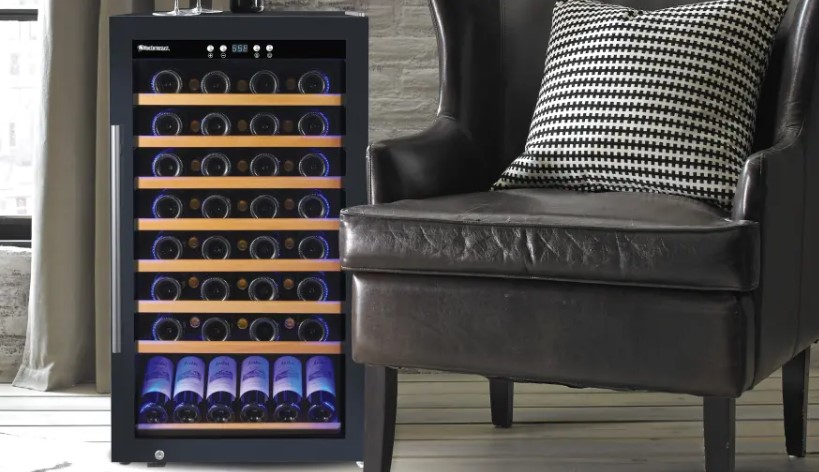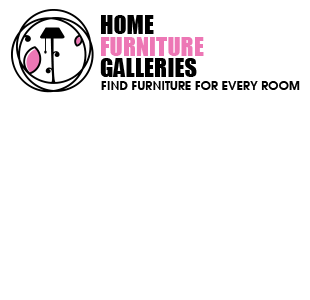
Wine coolers are rapidly becoming essential pieces for oenophiles everywhere, but there are still some misconceptions surrounding them. With so many choices, it is natural for a novice to feel overwhelmed. Questions like ”will a kitchen fridge suffice?” and ”are there different coolers for different wines?” fill the air like champagne spray on a winner’s podium. The time has come to get to the heart of the matter – which wine cooler is the right one for you? The best would be to compare wine fridge sizes to decide which is best suited for your needs. It is an old wives’ tale that only red wines need so much attention, as seen by the number of people searching for white wine coolers.
Can Different Wines Share the Same Cooler?
Wine coolers have come a long way and now boast UV resistant fronts, minimal vibration, and most importantly, excellent temperature controls. Some units have dual-zone temperature controls, and larger ones may offer more. For collections of different wine types, one temperature zone will not be enough. Reds, whites, champagnes, rosés – each have distinctive preferences regarding optimal temperature. Your cooler needs to match your collection size and diversity. In a nutshell, different wines can share the same cooler if the cooler is large enough and has various temperature zones. If you enjoy one type of wine as a rule, then you can opt for models with only one temperature zone.
Which Temperature is Best For White Wines?
Wines are chilled to different temperatures due to their chemical composition. Reds are tannin powerhouses, sparkling wines have bubbles to protect, and whites have crispness and acidity to care for. White wines blossom in the 7C° to 15C° range. It may seem very specific, but there are good reasons for this. White wines have delicate aromas and flavours. Too cold and muted too warm doesn’t bear thinking about. Chardonnays and dessert wines fall into the upper end, while lighter wines like Sauvignon Blanc prefer the lower end of the scale. A quick rule of thumb would be to put lighter and fruitier wines at lower temperatures and more complex and dessert wines at higher. Sparkling wines are happy in the middle, which would preserve their CO2 efficiently and prevent the cork from accidentally popping.
Wine Coolers and Wine Coolers
When selecting your cooler, ensure that it fits as many bottles as you need and the temperature range is ideal for your needs. Aesthetics will not be an issue as free-standing models are beautifully sleek and make a decor piece in their own right, and there are built-in units for those who want their machine to blend into their home. Wine should also be stored on its sides to keep the cork moist and the seal’s integrity. Some would argue that the kitchen fridge is good enough for white wines, but to get the most from your wines, proper temperature control is vital. The longevity of your wine is increased with adequate storage. Wine cooler appliances are not the only cooler-centred hot topic, 80’s wine coolers have had a glow-up, and the results are going viral. But, there are more pressing questions to be answered, like what to do with an unfinished bottle, but that is a sporadic problem. Skål!
